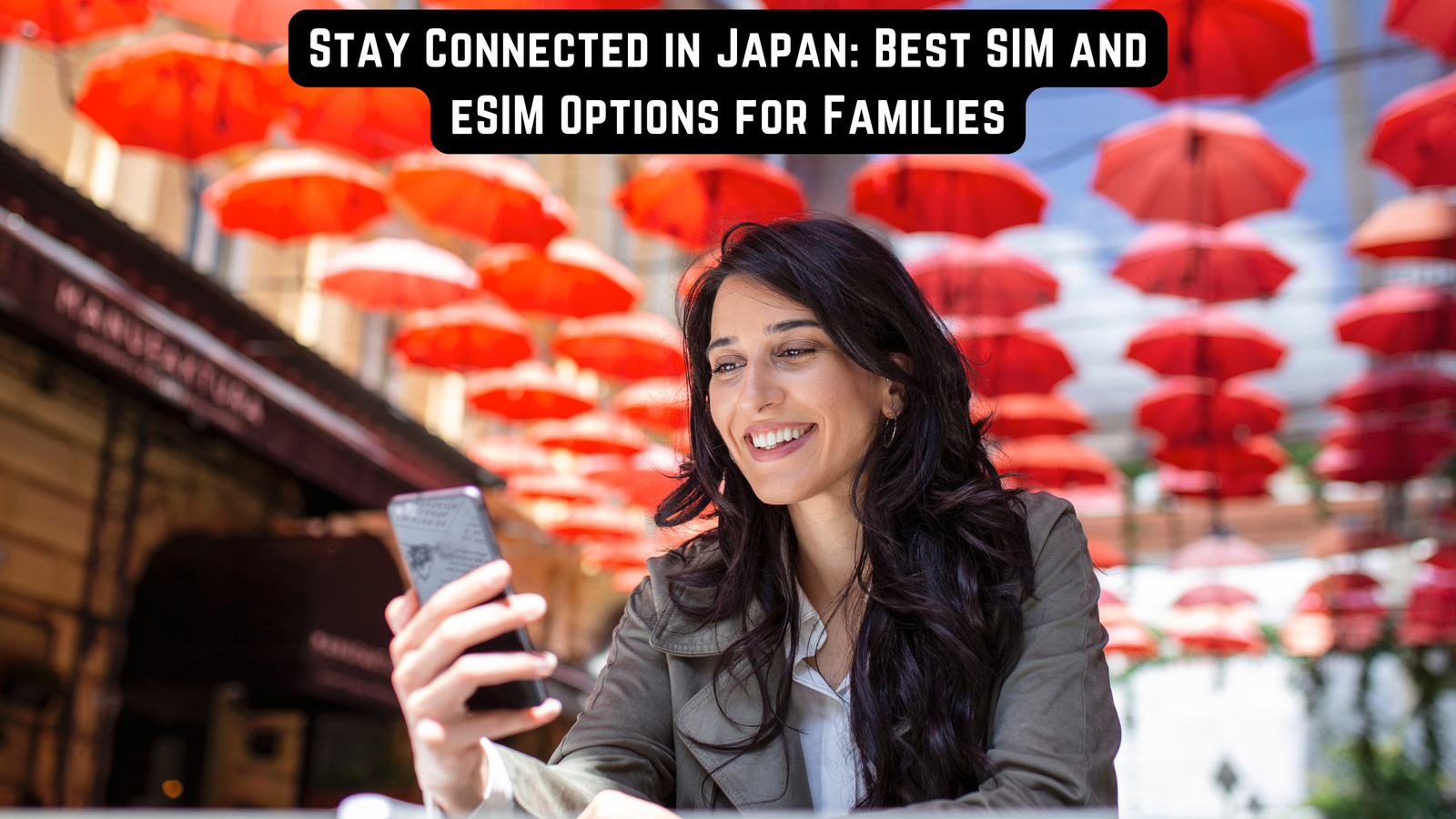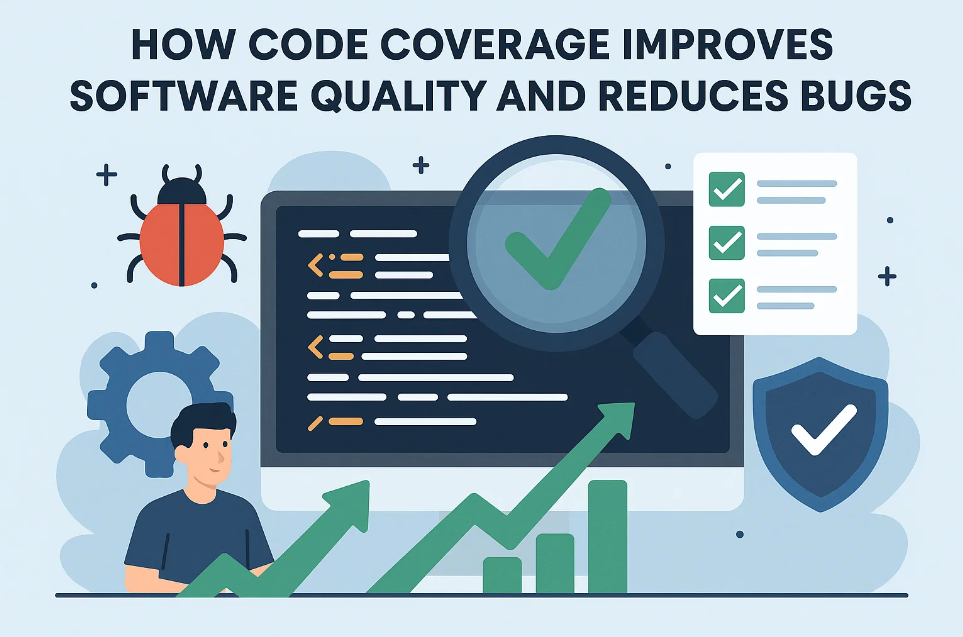Planning a family trip to Japan is one of the most exciting adventures — from Tokyo’s dazzling lights to Kyoto’s tranquil temples and Osaka’s street food scene. But once you land, you’ll quickly realize one essential thing: staying connected makes all the difference.
Between navigating train routes, using translation apps, and sharing those unforgettable travel moments, reliable internet access is non-negotiable. The easiest way to stay online is by choosing the right Japan SIM card or eSIM for Japan travel.
In this guide, you’ll discover how to pick the best option for your family, understand the difference between physical SIMs and eSIMs, and learn practical tips to stay connected throughout Japan — without breaking your budget.
Why Staying Connected in Japan Matters?
Japan’s Wi-Fi coverage is improving, but many areas outside cities like Tokyo or Osaka still have limited access. Having your own Japanese SIM card or eSIM gives you independence and peace of mind during your travels.
Here’s how a good internet connection helps you during your trip:
- Navigation: Find your way around with Google Maps, Apple Maps, or HyperDia.
- Translation: Instantly translate restaurant menus, signs, or conversations with locals.
- Communication: Stay in touch with your group through WhatsApp, LINE, or Messenger.
- Entertainment: Keep kids occupied with YouTube or Spotify during long train rides.
- Safety: Access emergency numbers, embassies, and healthcare info quickly.
Simply put, a Japan SIM card for tourist use keeps you connected, informed, and stress-free every step of your trip.
Option 1: Buying a Japanese SIM Card
A Japanese SIM card is the traditional method for travelers to get data and calls while visiting Japan. You can buy one at airports, electronics stores, or even order it online before your trip.
Pros of Using a Japan SIM Card for Tourist Travel
- Readily available at major airports and convenience stores.
- Simple plug-and-play setup: insert the SIM and go online.
- Compatible with most unlocked smartphones.
- No internet connection required for activation.
Cons of Using a Japan SIM Card
- You’ll have to remove your existing SIM, which can be inconvenient.
- It’s easy to misplace your original SIM card while switching.
- Limited validity or data, depending on your provider.
A Japan SIM card works well for short trips or solo travelers who prefer a physical connection. However, for families or multi-device travelers, switching SIMs for each person can be a hassle. That’s where the best eSIM for Japan becomes a game-changer.
Option 2: Using an eSIM for Japan Travel
An eSIM (embedded SIM) is a digital version of a SIM card built into your phone. Instead of inserting a chip, you scan a QR code to activate your plan. Simple, instant, and perfect for modern travelers.
Why Families Prefer an eSIM for Japan
- Easy Setup: Activate online before you even land.
- No Physical Card: No swapping or handling tiny SIMs.
- Multi-Device Support: Add eSIMs to each family member’s phone.
- Instant Connectivity: Start browsing as soon as your plane lands.
- Eco-Friendly: 100% digital — no plastic waste.
Families love using an eSIM for Japan travel because it’s effortless, flexible, and reliable. You can buy plans that match your stay length — from 3 to 30 days — and top up online whenever needed.
How to Choose the Best eSIM for Japan
When selecting the best eSIM for Japan, consider these important factors:
- Coverage: Ensure it connects to Japan’s leading networks like NTT Docomo, SoftBank, or KDDI for maximum signal strength.
- Speed: Choose 4G or 5G options for smooth streaming and map usage.
- Data Options: Pick a plan with enough GBs for your family — around 5–10GB per week is ideal.
- Customer Support: Opt for providers that offer 24/7 help via email or live chat.
- Ease of Activation: Look for simple QR code installation and clear setup instructions.
The best eSIM for Japan makes your trip smoother by ensuring every family member can stay connected without tech stress.
Japan SIM Card vs eSIM Japan: Which One Should You Pick?
Both a physical Japan SIM card and a digital eSIM Japan plan will keep you connected — but they suit different needs.
Choose a Japan SIM card if:
- Your phone doesn’t support eSIM technology.
- You prefer a tangible, plug-and-play setup.
- You’re visiting Japan for a short stay (under a week).
Choose an eSIM for Japan travel if:
- You’re traveling with family or multiple devices.
- You want to activate your plan before arrival.
- You prefer flexibility, online top-ups, and instant setup.
If your phone supports eSIMs, go digital it’s faster, easier, and more future-proof.
Tips for Family Travelers Using SIM or eSIM in Japan
Before buying your Japan SIM card or eSIM, keep these practical tips in mind:
- Check Device Compatibility: Make sure your smartphone is unlocked and eSIM-ready. iPhone XR and newer models, plus most Samsung Galaxy and Google Pixel devices, support eSIMs.
- Choose the Right Data Plan: Families use more data for streaming and maps, so plan accordingly.
- Share Data with Hotspots: If only one phone has eSIM capability, enable mobile hotspot to share data.
- Activate Before You Fly: Installing your eSIM before departure ensures an instant connection on arrival.
- Keep a Backup SIM: Carry one Japan SIM card for tourist use in case someone’s device doesn’t support eSIM.
Where to Buy the Best eSIM or Japan SIM Card?
You can buy both Japan SIM cards and travel eSIMs online before your trip or at major airports like Narita, Haneda, and Kansai International.
For convenience, purchasing online from a trusted provider such as JapanSims allows you to activate before departure. You’ll receive your eSIM QR code instantly via email — scan, install, and you’re ready to connect.
Providers like JapanSims offer full-country coverage from bustling Tokyo and Osaka to scenic regions like Hokkaido and Okinawa, ensuring strong network performance wherever your journey takes you.
Cost and Value for Families
While prices vary, here’s a general comparison to help you plan:
- Short Trips (3–7 Days): Expect to pay around $8–$12.
- Medium Trips (10–15 Days): Around $15–$20 for flexible eSIM data packs.
- Long Trips (30 Days+): Around $25–$30, depending on coverage and speed.
For families, eSIMs often provide better value since you can manage multiple lines digitally without extra cards or airport queues.
Conclusion: Explore Japan Without Connectivity Worries
Your family trip to Japan should be about creating memories, not struggling to find Wi-Fi. Whether you choose a Japanese SIM card or the best eSIM for Japan, both options will keep your loved ones connected, safe, and entertained.
For most families, an eSIM for Japan travel is the smart choice — no setup lines, no card swapping, just instant, reliable internet from the moment you land.
So before your flight, check if your smartphone supports eSIM and get your plan ready. Stay connected, travel smarter, and enjoy Japan — one seamless connection at a time.
Frequently Asked Questions
1. Can I use my regular SIM in Japan?
You can, but international roaming charges are extremely high. It’s more cost-effective to get a Japan SIM card or an eSIM Japan plan.
2. Do all phones support eSIMs?
No. Check your phone’s settings or the manufacturer’s guide. If it’s not compatible, buy a Japan eSIM card for tourist use.
3. Is it safe to buy a Japanese SIM card online?
Yes, reputable providers like JapanSims or major carriers offer secure online purchases with clear activation steps.



Leave a Reply